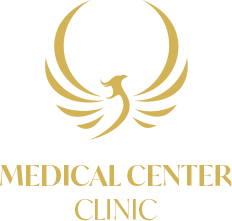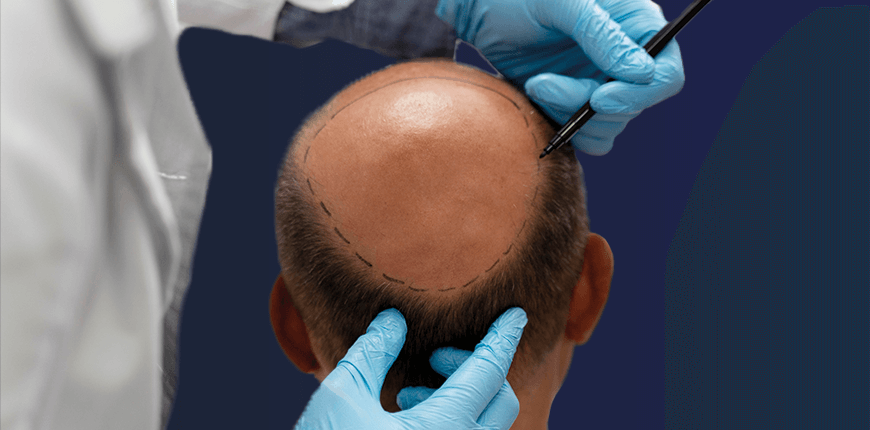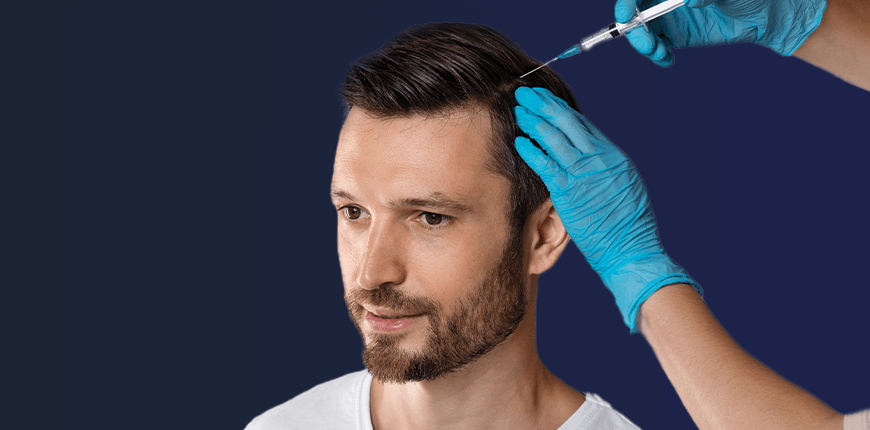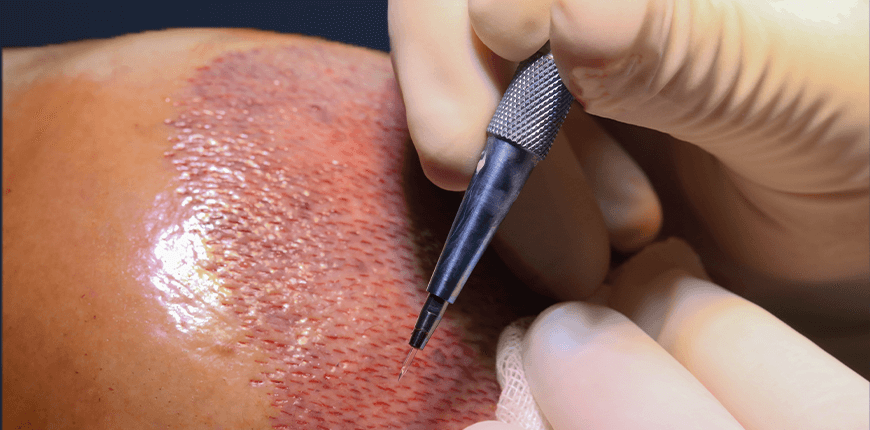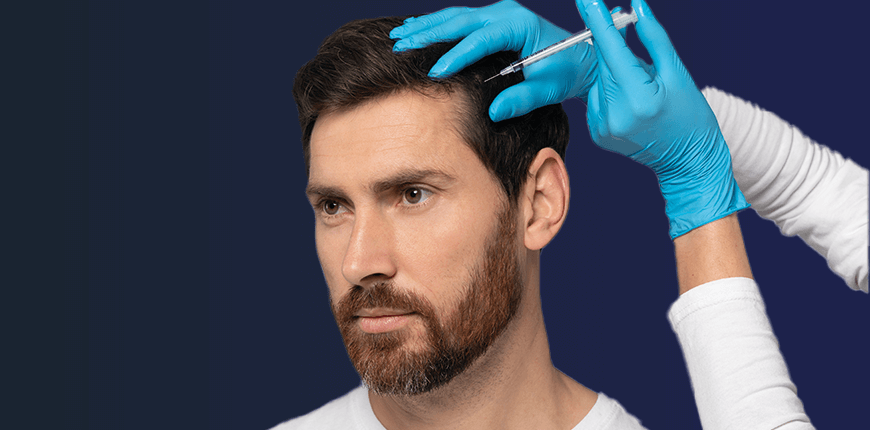
PRP Hair Treatment
PRP therapy is one of the treatments for hair loss. It involves taking the patient's own blood, preparing it, and injecting it into the scalp affected by hair loss. It helps to promote natural hair growth. PRP has benefits such as preventing hair loss, eliminating thinning hair, and preventing hair shedding by increasing blood flow to the hair root. It can also be used along with various hair transplant techniques, such as DHI and FUE.
What is PRP Treatment?
PRP stands for platelet-rich plasma and is used in a clinical setting by a medical professional. The scope of PRP is not limited to hair. There is a wide range of applications, from wound treatment to solving orthopedic problems, from wrinkle removal to curing acne problems. Whether a candidate is suitable for platelet-rich plasma treatment is determined during a consultation and examination.
PRP Hair Loss Pre-treatment Phase
First, the patient and the doctor meet. The doctor listens to the patient's expectations and examines the balding scalp. The degree of hair loss and the patient's hairline are determined. Whether the patient is eligible for PRP, whether PRP will work, and whether the patient is a suitable candidate for PRP will be learned during the examination and consultation. The physician informs the patient about the treatment. What to do during the process and how the follow-up is done is explained in detail.
First, approximately 10cc of blood is drawn from the patient and placed in a special medical device. This medical device in which the blood is stored separates blood content available for PRP and divides the blood density into layers.
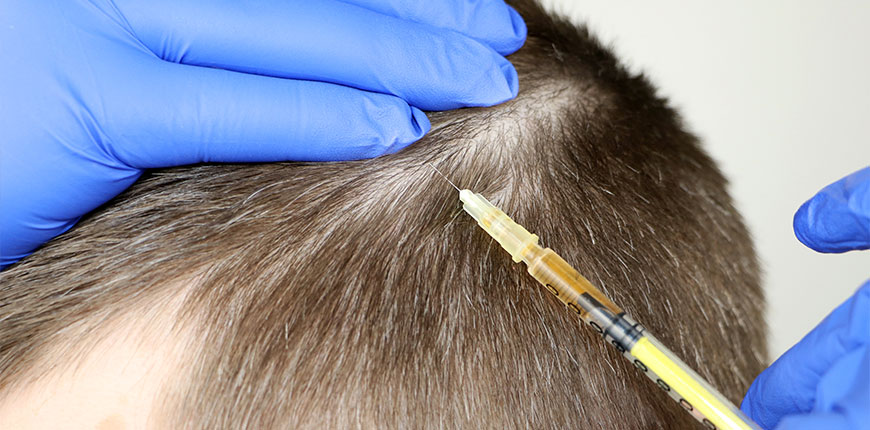 When red blood and white blood are separated into layers in the "centrifuge", useful content is obtained within 10-15 minutes. A total of 3 layers are obtained. In the next step, the usable plasma is taken and injected into the area with hair loss or thinning hair. The material to be used is the platelet-rich plasma layer and is injected with the help of a syringe. This procedure is completed in about 10-20 minutes.
When red blood and white blood are separated into layers in the "centrifuge", useful content is obtained within 10-15 minutes. A total of 3 layers are obtained. In the next step, the usable plasma is taken and injected into the area with hair loss or thinning hair. The material to be used is the platelet-rich plasma layer and is injected with the help of a syringe. This procedure is completed in about 10-20 minutes.
Since PRP is performed under anesthesia, the anesthesia tolerance of the patient is controlled by the anesthesiologist. In PRP hair restoration, it is used the patient's own blood, so the therapy does not cause infectious diseases.
Of course, this does not mean that there will be no side effects after PRP. There is a risk of wound formation and infections. Potential side effects will heal in a short time with proper aftercare.
The answer to the question of how long PRP lasts is 6-8 sessions. The number and duration of sessions may vary depending on the person's hair problem, the cause of the hair problem, the quality of the hair follicle, and the abundance of platelets in the blood. However, it is not a lifelong application. It is recommended to repeat it every year. This number may increase to several times a year.
Healing Process After PRP
Intense pain does not occur after PRP hair therapy, which is basically applied with the aim of strengthening hair and preventing hair loss. Since an anesthetic solution is administered to the patient, no pain is felt during the procedure.
The effect according to PRP can be seen after the first session. You should not use hair care products for the first 5-6 hours after the session. You should;
- Stay away from the sauna and swimming pool for the first 2-3 days. Not consume alcohol or smoke for the first 3-4 days.
- Drink enough water.
- Avoid direct sunlight for the first few days after the treatment.
PRP can be used in both women and men. It is preferred for the treatment of androgenic alopecia. Factors such as stress, genetic predisposition, malnutrition, aging, and exposure to chemicals are negative factors that increase hair loss or thinning.
Hair loss and problems with weakening of hair follicles, which can occur in different age groups, are treated with hair transplantation procedures and PRP is one of them. It aims to strengthen hair roots and increase hair growth by injecting blood plasma rich in platelets into the relevant area.
Medical Center invites you to the best hair transplant treatments. You can turn to us to experience a treatment where you will feel privileged and involved in a safe process.
-
Does PRP work for hair loss?
Yes, PRP for hair is an approach that reduces hair loss and promotes hair growth. It also prevents hair thinning and increases hair thickness. Of course, the choice of clinic and doctor also have an impact on the success of the results. Another factor is that the schedule of sessions and injections must be followed. From the first week after the joint injections, the results start to show themselves.
-
How much does PRP for hair cost?
PRP for hair loss prices vary depending on the number of sessions, the current condition of the hair and the patient's expectations. You can contact Medical Center for information about the cost of hair PRP and for detailed information about the procedure before and after the treatment.
-
Does PRP work for frontal hair loss?
PRP can be used to treat hair loss in the frontal area. This is because PRP is one of the most important technique in the treatment of androgenic alopecia. It serves a solution for female pattern hair loss and male pattern shedding problems. However, which treatment is more effective for which patient will be decided after consultation and hair examination.
